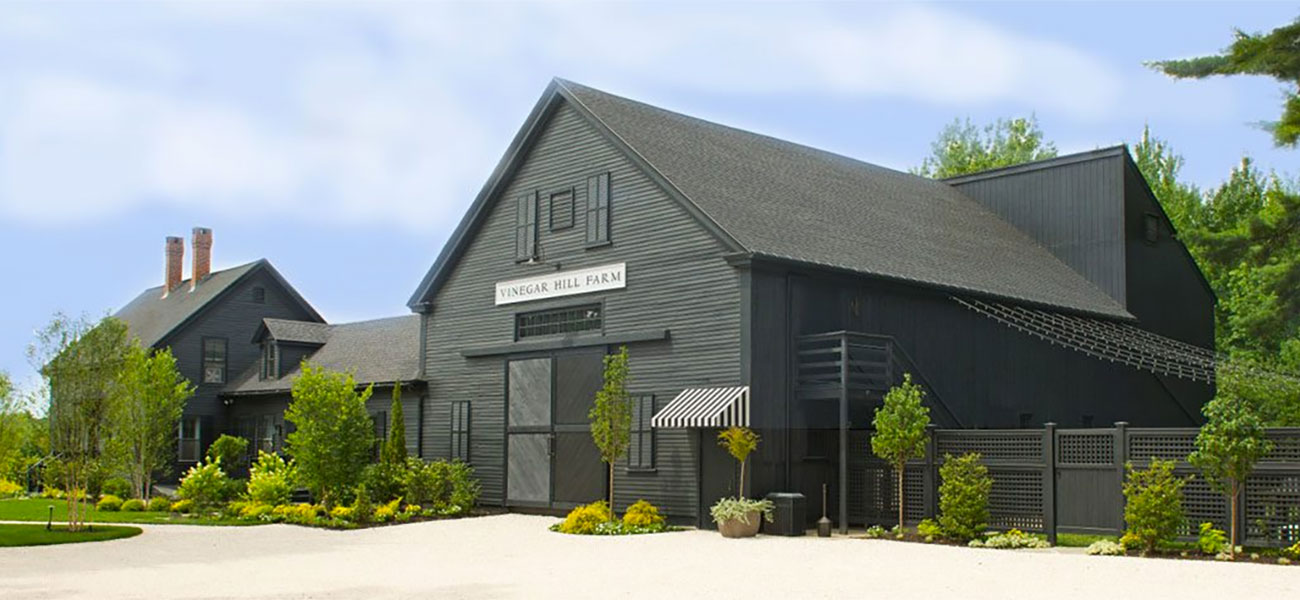
Arundel, Maine Historic Trivia
Our theater and the community surrounding it have a colorful history dating back to the early 1600s. Test your local knowledge – and pick up some historical tidbits – about this fascinating area we’re proud to call home.
Vinegar Hill gets its name after barrels of fruit left by a farmer at the top of a nearby hill turned to vinegar and neighbors helped him pour the liquid down the hill. What fruit was in the barrels?
Answer: Apples
According to lore, a farmer had gathered apples from his orchard and put them in wooden barrels for safe keeping. When he went back, however, the apples had all turned into a mushy cider-vinegar, so all the neighbors came over and helped pour the liquid down the hill. Hence, literally a Vinegar Hill.
What is the English translation of “Chnoc Fhiodh na gCaor”, the Gaelic name of the original Vinegar Hill located in County Wexford, Ireland?
Answer: Hill of the wood with berries
Which entertainment venue operated in this location before Vinegar Hill Music Theatre? And what year did it open its doors?
Answer: The Arundel Barn Playhouse in 1998
In 1997, Adrienne Grant purchased the property, which had been vacant for over a decade, from the Smith family, and set about giving the old barn and farmhouse new life. Under Grant’s artistic direction, The Arundel Barn Playhouse opened its doors in 1998, and presented entertainment for nearly 20 years in the “Mickey Rooney/Judy Garland tradition,” with a resident company performing throughout the season. Among its roster of talent was John Lloyd Young, who went on to win a Tony Award for his portrayal of Frankie Valli in Jersey Boys.
By what other names was the town of Arundel known?
Answer: Cape Porpus, Kennebunkport and North Kennebunkport
1653-1719: Cape Porpus
1719-1821: Arundel
1821-1915: Kennebunkport
1915-1957: North Kennebunkport
1957-Present Day: Arundel
Learn more at arundelmaine.org
What were two of the most prominent occupations of Arundel’s early residents?
Answer: Fishing and boat building
With its close proximity to the ocean, maritime trades, including boat building and fishing industries flourished and are still prominent today.
In the early 1900’s, nearby Kennebunk Beach was the site for what type of racing?
Answer: Horse
Learn more about Kennebunk Beach’s storied history of harness racing.
